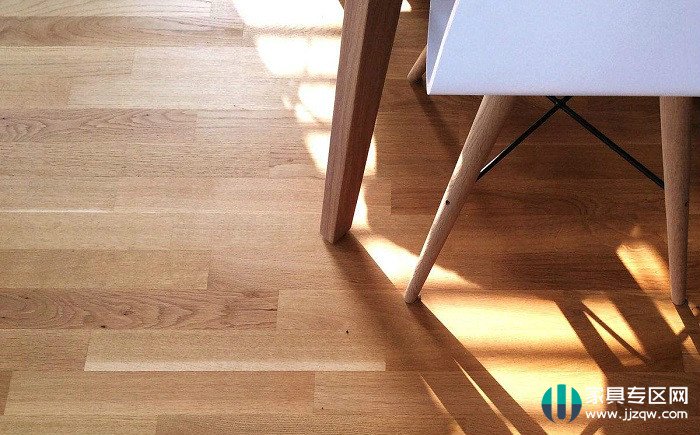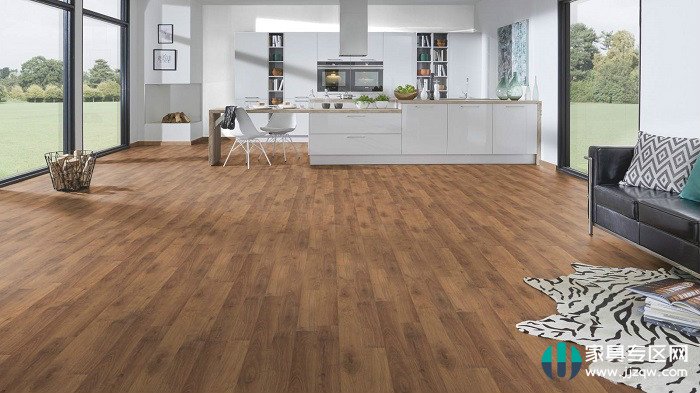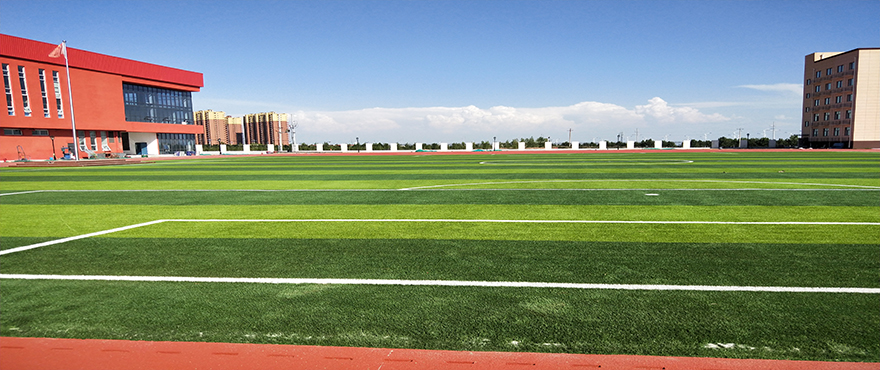Formaldehyde, as it is known, is colorless and harmful. Long-term exposure may cause cancer of the digestive tract of the oropharyngeal skin. It is also one of the pathogenic substances of leukemia. For this reason, consumers pay special attention to the formaldehyde emission of the product when purchasing home improvement materials. The shopping guide is constantly talking about: E1, 0 formaldehyde, European standards ..... people are easy to get confused when they hear, suddenly lose their judgment. The key point of fog: the same is E0, E1 level, why is the amount of formaldehyde released differently? When many consumers buy products, the shopping guide will say that this product is E1 grade, formaldehyde-free, European standard........ Ask yourself, how many people can understand? Finally, you said that environmental protection is not environmentally friendly? I don't know, I only feel that the shopping guide is very good, so the question is coming. What is the meaning of E0 in the shopping guide? Can it be used to judge the amount of formaldehyde released? According to Xiaobian, E0 refers to the formaldehyde release limit level. We can judge the formaldehyde emission of this product according to this grade, and then know whether it is environmentally friendly, but the premise is to determine the formaldehyde emission level you know is Which standard is adopted, the standard is different and naturally cannot be compared. Therefore, it is necessary to seriously introduce the formaldehyde emission standard for everyone. Formaldehyde emission standard There are many kinds of formaldehyde emission standards, and we look at the three common standards today. Standard 1: China E-level certification E0, E1, and E2 all refer to an environmental standard for formaldehyde emission limit. The first two standards, E1 and E2, were produced in Germany, and were formulated by “EGGERâ€. Later, they were cited as European standards. The E0 standard claimed by many domestic companies. In fact, there is no Europe. The highest standards in Europe are E1 and E2. Previously, China's formaldehyde release limits for wood-based panels and their products were divided into two grades: E2 ≤ 5.0 mg / L, E1 ≤ 1.5 mg / L. The more stringent E0 grade (≤0.5mg/L) appears as a recommended standard in Plywood (GB/T9846.1~9846.8). On May 1st, 2018, the new standard for wood-based panels and the national standard for eucalyptus solid wood flooring were implemented, and the original standard E2 level was cancelled. (According to industry insiders, E2 grade plates are actually more suitable for outdoor and packaging applications, and it is reasonable to be canceled. The new standard implementation is like environmental protection, and this level is eliminated. In fact, it is more effective for the formaldehyde emission of the plate. Strict requirements are conducive to the standardization of the wood-based panel industry and guarantee the rights and interests of consumers.) Therefore, the plates and laminates that you buy can be used as long as they can meet the E1 standard. It is better to reach E0 (corresponding to the Japanese F3 star standard). According to the "Standards for Drinking Water Hygiene" issued by the National Standardization Administration, the formaldehyde content of drinking water should not exceed 0.9mg/l. Therefore, the formaldehyde content of E0 (0.5mg/l) is less than that of drinking water. It is already very safe. The numerical standard is up. Standard 2: European E-level certification European E-level certification is a bit different from China. At present, Europe only accepts plates with a formaldehyde emission limit that meets the E1 standard. E2 products are not allowed to be marketed in some countries, and can not be used indoors. (Formaldehyde emission standards are as follows) European wood-based panel manufacturers have an E0 standard above the E1 standard. This is their self-control standard, which is equivalent to a spontaneously formed profile. This standard requires that the values ​​detected by the climate chamber method and extraction method be close to about half of the E1 level. Standard 3: Japanese F-level certification Since July 2003, Japan has introduced Class F standards in the field of flooring and wood-based panels. This limited standard has been upgraded seven times in 10 years, bringing the globally recognized standards for formaldehyde release in the home furnishing industry to a new level. Although Japan F2 is allowed to be used indoors, it will strictly control the total amount of use (why? The summary section tells you), if it reaches F4 level (≤0.3mg/L), it is not subject to the total amount of use, because this product It is very safe. F4 Star is the highest health standard in Japan's environmental standards and is considered to be one of the healthiest environmental standards in the world. (Looks like finding a good way to avoid formaldehyde pollution~) Summary: Although the higher the level, the less the amount of formaldehyde, but the space of the house we live in is fixed. The superposition of formaldehyde content will make the environmental protection exceed the standard. Therefore, in addition to looking at the amount of formaldehyde released, we must pay attention to the use of building materials. Oh, quantity. (Answering the previous question, why is F2 in Japan allowed to be used indoors, but it will strictly control the amount of use. No matter how many sources of formaldehyde, all kinds of decorative materials at home need to pay attention.) So in general, in a word, the choice of home improvement is very important, buy as much as possible, while remembering formaldehyde! The two-pronged approach is the most stable!
Football artificial grass turf is a surface of synthetic fibers made to look like natural grass. It is most often used in arenas for sports that were originally or are normally played on grass. The main reason is maintenance – artificial turf stands up to heavy use, such as in sports, and requires no irrigation or trimming. An artificial turf football field offers numerous advantages to cities, schools and clubs. First and foremost is the high level of playability. This is because, unlike natural grass, synthetic football fields do not require regeneration phases.
Football Artificial Grass,Artificial Grass Soccer,Artificial Grass Soccer Field,Fake Grass Football Field JIANGSU WMGRASS CO., LTD. , https://www.wmgrasslawns.com

